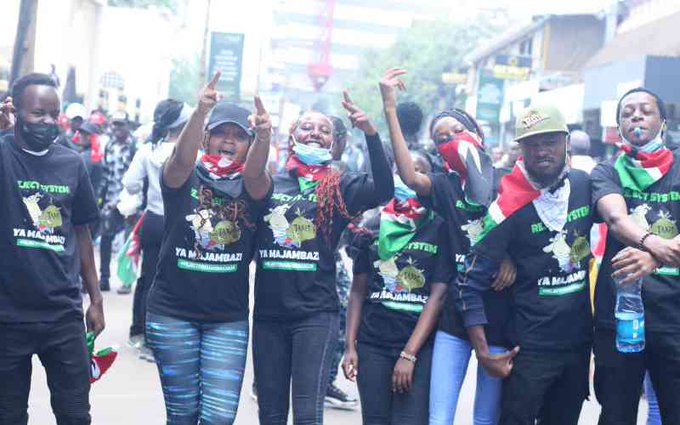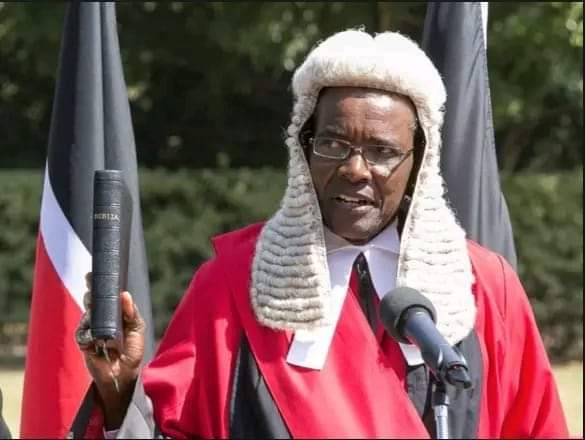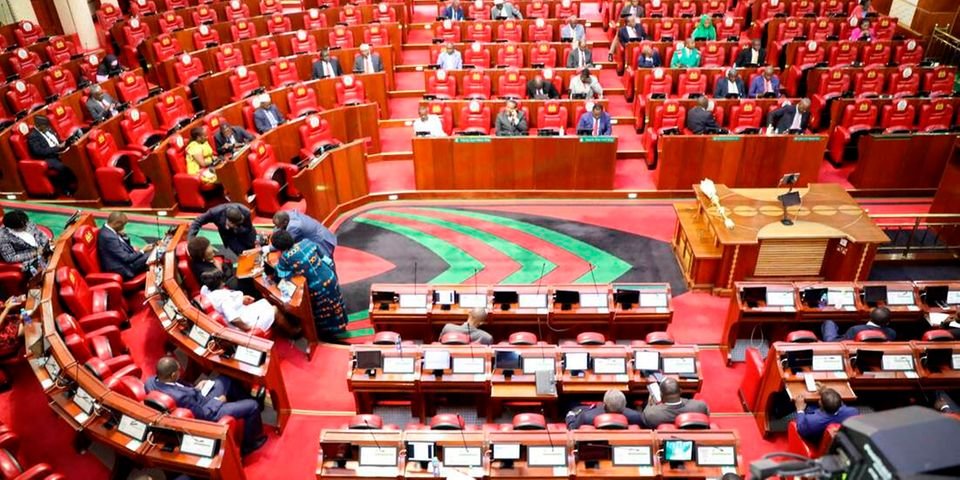Recent events in Kenya, particularly the passage of the Finance Bill 2024 by the legislative arm of Government despite public outcry sparked widespread protests led by the Gen Z demographic that saw invasion of Parliament by the Protestors.
Following this, discussions are emerging on the possibility of the dissolution of parliament for failing to listen to the citizens they represent.
This article explores the mechanisms, reasons, and implications of dissolving parliament in Kenya.
Can the President Dissolve Parliament in Kenya?
In Kenya, the President does not have unilateral power to dissolve Parliament.
According to the Constitution of Kenya, the dissolution of Parliament is a complex process that involves multiple steps, and the participation of various constitutional bodies.
The President can only dissolve Parliament based on advice from the Chief Justice following constitutional provisions.
Article 261 of the Kenyan Constitution outlines the circumstances under which Parliament can be dissolved. It states that if Parliament fails to enact legislation required to implement the Constitution, the Chief Justice can advise the President to dissolve Parliament after a petition by any member of the public or group.
Reasons for Dissolving Parliament in Kenya
There are several reasons why Parliament might be dissolved in Kenya:
1. Failure to Enact Required Legislation
Article 261 of the Constitution mandates the enactment of specific legislation within stipulated timelines. Failure by the legislature to meet these deadlines can trigger the dissolution process.
2. Violation of Constitutional Principles
Persistent violation of constitutional principles and failure to uphold democratic values can be grounds for dissolution of Parliament
3. Political Deadlock
Severe political deadlock and inability to pass essential legislation, such as the national budget, can necessitate the dissolution of Parliament to restore order and functionality.
4. Loss of Public Confidence

Significant public dissatisfaction in Parliament can be a compelling reason for considering dissolution. For instance, the recent sustained protests and civil unrest occasioned by the Finance Bill 2024 provide enough ground to dissolve parliament.
What’s the Process of Dissolving Parliament in Kenya?
The process for dissolving Parliament in Kenya is outlined in the Constitution and involves several key steps:
1. Petition
Any Kenyan citizen or group can file a petition at the High Court citing Parliament’s failure to enact required legislation within specified timelines or other constitutional violations.
2. Determination of the Petition
The high court reviews the matter. If it meets the threshold, the court may issue a declaratory order to Parliament and the Attorney General to ensure the enactment of the legislation within the stipulated timeframe and report back to the Chief Justice.
3. Chief Justice Review
The Chief Justice (CJ) reviews the petition and legislative report and determines its validity based on constitutional criteria.
4. Advisory Opinion
Upon review, if the Chief Justice finds failure by the Parliament to enact required legislation according to the order, the CJ may offer an advisory opinion to the President recommending the dissolution of Parliament.
On 21st September 2020, the then CJ Hon. David Maraga issued an advisory to the 4th President, His Excellency Uhuru Kenyatta to dissolve Parliament for failing to meet the Two-thirds gender rule as stipulated in the 2010 constitution of Kenya.
5. Presidential Action.
According to Article 261 clause (7) of the Constitution, the President upon receiving the Chief Justice’s advisory opinion shall dissolve parliament. This action is considered a last resort after all other remedial measures have failed.
See also: How do I recall my MP?
What Happens When Parliament is Dissolved in Kenya?

When Parliament is dissolved in Kenya, several events unfold
1. General Election
The Independent Electoral and Boundaries Commission (IEBC), must hold new general elections within ninety (90) days to elect a new parliament.
2. Legislative Vacuum
During this period, there is a temporary legislative vacuum, and the parliament ceases to perform its legislative functions, and any pending bills or legislative business is halted.
The executive arm of the government ensures the continuity of essential government functions until a new parliament comes into office.
3. Public Participation
The dissolution and subsequent elections provide an opportunity for increased public participation and the election of representatives who better reflect the public’s wishes and interests.
Who Runs the Country When Parliament is Dissolved?
Upon the dissolution of Parliament, the executive arm of the Government runs the country in a caretaker capacity. The President, Deputy President, and Cabinet Secretaries ensure that government operations continue smoothly until the constitution of a new parliament.
During this period, the government should act in the nation’s interest without making key policy decisions or engaging in controversial actions that would require legislative approval.
The judiciary and other independent constitutional offices continue to function, providing checks and balances during this transitional period. The electoral body (IEBC), plays a vital role in organizing and conducting the general elections to ensure a timely and fair electoral process.
In Conclusion
The dissolution of Parliament is a constitutionally guided process aimed at safeguarding democratic principles and ensuring accountability.
While the President cannot unilaterally dissolve Parliament, the mechanisms in place allow for corrective measures when Parliament fails to uphold its constitutional duties.
The recent protests and public outcry over the Finance Bill 2024 highlight the importance of these provisions in maintaining a responsive and accountable government.


